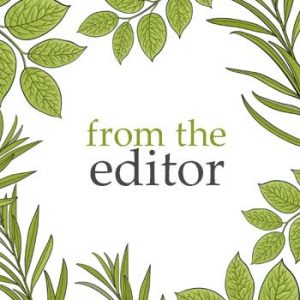
More evidence that low-calorie sweeteners are bad for your health
Studies show that artificial sweeteners can raise the risk of hypertension, metabolic syndrome, type 2 diabetes and heart disease, including stroke.

It’s one of those statistics that you actually have to sit down to contemplate.
According to a new study nearly 70% of Americans are taking at least one prescription drug, more than half take two, and 20% are on five or more.
The most commonly-prescribed drugs, said the researchers at the prestigious Mayo clinic, are antibiotics (no surprise there), with antidepressants coming second and painkilling opioids third. Cholesterol medication came fourth on the list with vaccines in fifth place.
Both sexes and all ages are taking these drugs, but women and older adults receive the most prescriptions overall. Women also received more prescriptions than men across several specific drug groups, especially antidepressants – nearly one in four women aged 50-64 are on an antidepressant.
The authors noted that prescription drug use has increased steadily in the US for the past decade, with the percentage of people who took at least one prescription drug in the past month increasing from 44% in 1999-2000 to 48% in 2007-8.
And before we got to smug here in the UK, official figures show that the number of prescriptions has more than tripled in the last 15 years. By 2009, the number of prescriptions had almost doubled to reach 886 million. Looked at another way, we prescribe the equivalent of 17.1 prescriptions per person per year in the UK.
I can write these words and still not fully comprehend their implications. As someone who has always used complementary and alternative medicine as a first line in treatment for myself and my family I find it staggering that so many people are dependent on prescription drugs just to get through the day.
It brings a whole new meaning to phrases like ‘drug abuse’ and ‘drug problem’.
Some people blame doctors for using the prescription pad instead of their powers of diagnosis. Some blame patients for demanding drugs when what they need to do is change their lifestyles and habits. Some blame the intense lobbying of the pharmaceutical industry which permeates all areas of the medical profession (I mean, how many times have you seen your doctor drinking from a mug or using a pen supplied by a Big Pharma rep).
It’s probably a combination of all these things but still begs the questions how did we become so undiscerning about the only thing that really matters – our health? And when did drugging people up become the gold standard of ‘care’?
If the drugs were working we could probably shrug these kinds of statistics off as the price of progress – but they are patently not working.
Evidence published by the British Medical Journal’s Clinical Evidence Group, which is has a rolling programme of reviewing the clinical effectiveness of drug treatments and medical procedures, shows that 66% of all treatments fall into the following categories: ‘Trade off between benefits and harms’, ‘Unlikely to be beneficial’, ‘Likely to be ineffective or harmful’ and of ‘Unknown effectiveness’.
Not only are they not working, they very often they make things worse.
In a recent study in the Archives of Internal Medicine, ,which involved analysis of more than 5,600 drug labels and more than half a million labelled effects, found that with more commonly prescribed drugs the number of listed adverse effects listed in the packaging averaged around 100.
I have to ask, whatever happened to prevention? And more importantly whatever happened to the the basic principle of medical practice – ‘First do no harm’?
Pat Thomas, Editor

Please subscribe me to your newsletter mailing list. I have read the
privacy statement